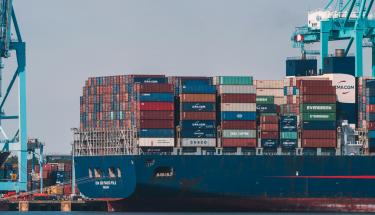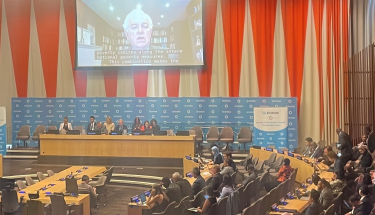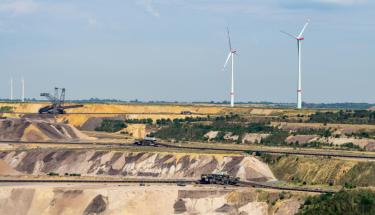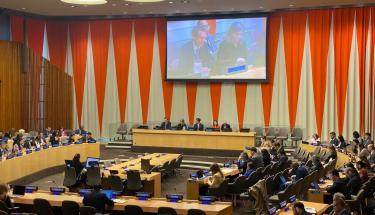Women in developing countries benefit from digital platforms and e-commerce, yet a persistent digital gender gap and high levels of informality continue to exclude many from emerging digital opportunities.
News & Events
Ahead of WSSD2, Sabina Alkire talks about multidimensional poverty and poverty eradication.
This paper proposes using the existing Global Multidimensional Poverty Index for a global comparison for developing countries.
Last month, UN DESA’s Economic Analysis and Policy Division hosted the fourth session of its Development Policy Seminar Series on the World Economic Situation and Prospects.
Consumer inflation expectations are shaped by multiple factors—food and energy inflation remain crucial drivers, with persistent and large surges significantly shaping household expectations of inflation across countries.
The global economy is expected to experience subdued growth in the coming months amid a challenging trade environment and heightened macroeconomic uncertainties. The world economy is projected to grow by 2.5 per cent in both 2025 and 2026 — below the 2.8 per cent recorded in 2024 and the pre-pandemic average of 3.2 per cent (2010–2019).
In a reversal of a decades-long trend, central banks in many developing and some developed countries have increased their gold purchases over the past several years. The purpose of this policy is to enhance the diversity and stability of reserves: the share of the United States dollar in the international reserves of many central banks has been declining.
UN DESA’s Economic Analysis and Policy Division hosted a three-part Development Policy Seminar series in July to present new thinking on inflation. Discussions focused on issues such as inflation’s underlying drivers, its asymmetric impacts, and the implications for policy. The series will inform the World Economic Situation and Prospects, 2026.
The U.S. Government’s latest trade policy seeks to address its widening trade deficit, which has recently reached a historic annual high. Persistent trade deficits over the past decades, along with the resulting accumulation of external liabilities to finance them, have long been viewed as a key component of global imbalances.
The Chair of the CDP presented the key messages of the CDP’s 2025 report, stressing the need for strengthened multilateral action to face historical challenges and structural shifts, conveying the CDP's recommendations on poverty measurement ahead of WSSD2, and reporting on the need to improve support to LDCs, including graduating countries.
For 153 countries, we estimate the potential of recovering/recycling six energy transition critical minerals—aluminium, cobalt, copper, lithium, nickel and rare earth elements—from their waste and scrap, if these countries have access to the latest technologies.
Following the unprecedented changes in the trade policy of the United States, LDCs must contend simultaneously with significantly higher bilateral tariffs, policy uncertainty, lower growth prospects in many importing countries, a potential re-alignment of supply chains, and a disruption to the existing
multilateral order.
On 10 June, at its Management Segment, ECOSOC adopted its resolution on the report of the Committee for Development Policy (CDP) at its 27th session.
 Welcome to the United Nations
Welcome to the United Nations












